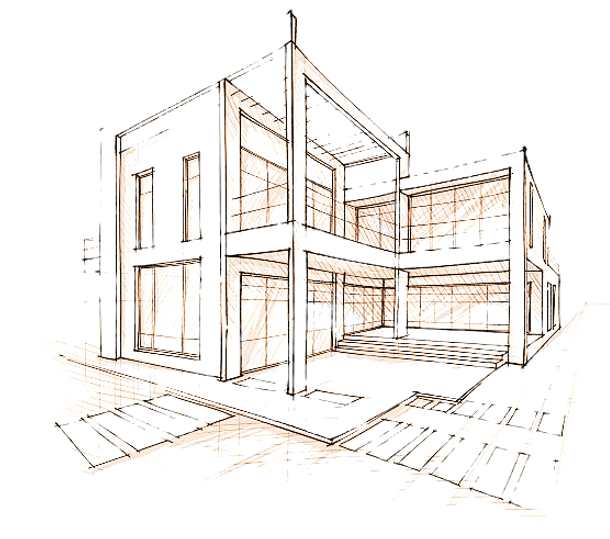

.png)

Bouwwerken van dichterbij bekeken door VG Expert
Bijstand bij voorlopige en definitieve oplevering, expertise van bouwfouten en schade, begeleiding bij geschillen met aannemers of architecten, en bijstand als technisch raadsman in gerechtelijke procedures.
Wenst u mij in te schakelen, dan kan u mij rechtstreeks per e-mail contacteren of telefonisch op 0472 59 18 98. Ik bekijk graag samen met u de aard van uw vraag en de gewenste timing.
_edited.png)
.png)

Uw partners in bouwkundige expertise

VG Expert is niet enkel een expert voor klassieke bouwfouten.
Wij zijn gespecialiseerd in de dossiers waar anderen het laten afweten: technisch complex, elders vastlopen door onvolledige kennis, foutieve interpretaties of onvoldoende technische onderbouwing, juridisch gevoelig, historisch beladen, financieel zwaar of vol tegenstrijdige expertises.
Wie een complexe bouwproblematiek wil winnen, heeft geen standaardexpert nodig — maar een technisch-juridische strateeg.

En lees wat anderen zeggen over mijn aanpak en expertise.
EPB-verslaggeving
Iemand die wenst te bouwen of verbouwen, kan niet zomaar zijn gangetje gaan.
Alle gebouwen in Vlaanderen waarvoor een stedenbouwkundige vergunning wordt aangevraagd of een melding wordt gedaan, moeten aan bepaalde energienormen voldoen.
Deze normen worden de EPB-eisen genoemd. EPB staat voor ‘Energieprestatie en Binnenklimaat’
Als aangifteplichtige van het gebouw bent u verantwoordelijk voor het aanstellen van een EPB-verslaggever.
Te volgen stappen:
-
De aangifteplichtige stelt een EPB-verslaggever aan, dit nog voor de start van de werken, en liefst reeds in voorontwerp.
-
Een EPB-voorstudie wordt gemaakt, rekening houdend met de eisen en de keuzes van de klant.
-
8 dagen voor de start van de werken wordt de EPB-startverklaring ingediend.
-
Tijdens de werken neemt de bouwheer voldoende foto’s en houdt alle facturen goed bij.
-
Na de werken verzamelt de aangifteplichtige alle stavingsstukken en stuurt deze naar de EPB-verslaggever.
-
De EPB-verslaggever dient binnen het jaar na het beëindigen van de werken de EPB-aangifte in, met de stavingsstukken, ontvangen via de aangifteplichtige.
De bouwheer houdt deze EPB-aangifte 10 jaar in zijn bezit, deze is ook nodig voor het eventueel verkopen van de woning.
S-peil vervangt K-peil en Netto Energiebehoefte
Het S-peil, of de schilindicator, omvat alle energetische kwaliteiten van de gebouwschil.
Daar er bij het K-peil enkel naar de isolaties en hun bouwknopen werd gekeken hebben ook de luchtdichtheid en de zonnewinsten een grote invloed op het S-peil. De indicator wordt ook niet langer op gebouwniveau, maar op het niveau van de EPB-eenheid (woning of appartement zelf) berekend.
S31: Invloedsfactoren S-peil
Het te behalen S-peil werd vastgelegd op S31. Een strenge waarde, vooral voor open
bebouwing.
Extra aandacht zal nodig zijn, van bij het ontwerp van een project.
Om een laag S-peil te halen moet er extra aandacht besteed worden aan:
-
Luchtdichtheid van de woning
-
Laag percentage glas t.o.v. vloeroppervlakte
-
Vormefficiëntie van het gebouw (open, halfopen, gesloten…)
-
Daarnaast hebben de isolatiegraad, de bouwknopen, de grootte en oriëntatie van de vensters,
de beschaduwing en de aanwezigheid van thermische massa hun invloed.
Speciale technieken – hernieuwbare energie
De tijd dat iedereen standaard koos voor een condenserende ketel en een systeem C ligt reeds
ver achter ons. De EPB-eisen worden strenger en strenger, en de bouwheer is zich meer en
meer bewust van de noodzaak van het voorzien van energiezuinige oplossingen.
De EPB-wetgeving bepaalt dat ieder nieuwe wooneenheid min. 15 kW/m².jaar aan energie
zelf moet opwekken. Dit kan uit één van of een combinatie van onderstaande vernieuwende
technieken:
Hernieuwbare energie - keuze uit of combinatie van:
-
Warmtepomp
-
Zonneboiler
-
Zonnepanelen
-
Stadsverwarming
-
Biomassa als hoofdverwarming
-
Participatie
Een warmtepomp, een zonneboiler en zonnepanelen zijn de meest gekozen alternatieve
methodes en zorgen ervoor dat je E-peil bij goed ontworpen woningen onder een bepaald
niveau daalt dat je zelfs kunt genieten van korting op je onroerende voorheffing!
Vraag erna bij je EPB-verslaggever!
Wie regelt EPB bij sleutel-op-de-deur?


_edited_edited.png)
.png)



